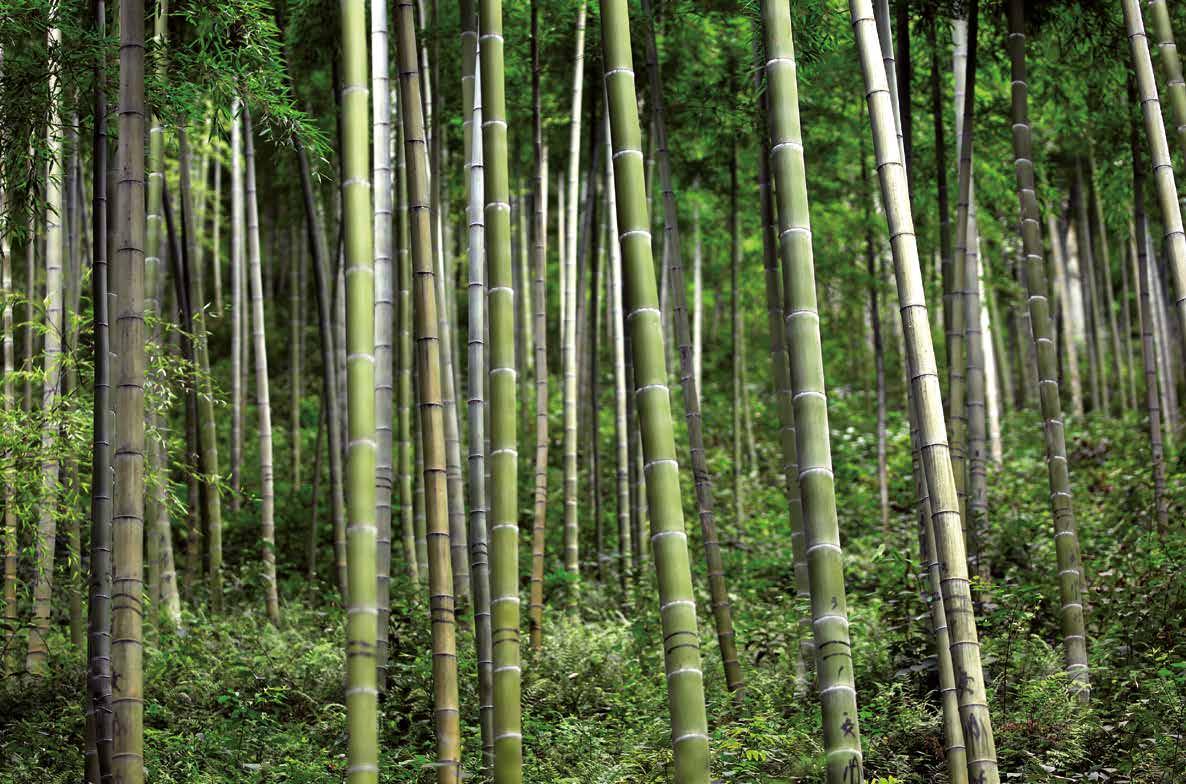
1 minute read
sustainable choice
Bamboo N-durance:
the sustainable choice
Advertisement
MOSO® Bamboo N-durance offers sustainable advantages. The inclusion of Bamboo N-durance contributes to a higher LEED, BREEAM, Green Star, HQE and DGNB certification score for green building projects. That’s one of the reasons why you can find MOSO® Bamboo N-durance and other MOSO® products in many sustainable reference projects all over the world.
unsurpassed growing speed
bamboo: the fastest growing plant in the world
Because of the fast growth, Moso bamboo is managed as an agricultural crop: the annual harvest of the 4 to 5-year-old stems – compared to 60-80 years for tropical hardwood! - provides a steady annual income to farmers and stimulates the bamboo plant to reproduce even faster. Therefore, by default, no deforestation occurs with production of MOSO® Bamboo N-durance, while large amounts of CO2 are captured in the bamboo forests and products (www.inbar.int/understandingbamboos-climate-change-potential).
10 20 40 60 80
Moso bamboo
Eucalyptus Beech Teak Oak
harvesting age (years)
carbon storage in bamboo
biobased materials act as CO2 sinks
Through photosynthesis, plants absorb carbon dioxide (CO2) and convert it into glucose (building block for biomass) and oxygen. The CO2 is stored in the material for the lifetime of the product, and even longer if the product is recycled into new, durable products. Due to the fast growth – and related high yields - Moso bamboo locks far more CO2 in durable products compared to wood species. The locked amount of CO2 can be calculated rather simply by looking at the density of the material and taking into account the biobased content. For example, Bamboo N-durance locks 1.635 kg CO2 per m3 of bamboo, which is the equivalent to the CO2 emitted by a mid-range car after 13.750 km driven.

